The benefits of outreach
I am frequently asked why we do outreach. Apart from the obvious community engagement and our mission to inspire kids and teachers with science there are also several benefits for our own students as well. This video was presentation that I gave about the benefits of outreach around the University “graduate attirubutes”.
Using smart phones to enhance an activity
As described in our blog on ‘Copper Ore’, colorimetry is a simple technique that can be used to develop measurement skills in pupils. Recently we have been experimenting with using smart phone apps to enhance the experience and bring technology into our work.
Initially we used a single Android phone and an app from the play store (Color Grab by Loomatix). The pupils carried out the activity as described in the ‘Copper Ore’ post and then one of the outreach team made the measurements.
 The whole exercise turned out to be very engaging and rather than focusing on the copper ore aspect of the exercise we ran it as an informal practical test with a mixed Year 5 and 6 group to see how well they had learnt basic measuring skills. It proved to be very popular and class achieved some excellent results.
The whole exercise turned out to be very engaging and rather than focusing on the copper ore aspect of the exercise we ran it as an informal practical test with a mixed Year 5 and 6 group to see how well they had learnt basic measuring skills. It proved to be very popular and class achieved some excellent results.
It turns out that a white background behind the coloured solutions is essential, as is a consistent lighting and distance from the sample for each groups results.
The app measures the colours and provides HSV values (Hue, Saturation, Value). The hue corresponds to the shade of the colour you are measuring so as long as you measure solutions of the same chemical (or dye) then H corresponds to the intensity of the colour and is directly related to the amount of compound or dye in the solution.
Using this idea, the colour scale produced for example by a series of solutions of copper sulfate can be measured and used to find the amount of copper in an unknown sample.
copper sulfate can be measured and used to find the amount of copper in an unknown sample.
We then extended the use of technology further when working with Year 8 students by showing them how to create a chart of ‘amount of copper sulfate vs H value’ using google docs on their class Chromebooks.
This allowed them to ‘see’ how well they had carried out the dilutions and measurements in their experiment. For our own information we added a linear regression fit to measure ‘R-values’ and were pleasantly surprised to see how linear the data was for an initial trial.
We have now bought some low cost phones and have removed most of the extraneous apps and intend to use them as a class set of colorimeters. The only difference will be the choice of app, ColorGrab won’t run on the older Android operating system (Gingerbread) so we have gone for a similar app called Color Picker that allows HSV to obtained from a photo taken of the sample.
Next step is to use them with a class.
Copper Ore
Colorimetry is a simple technique based that can be used to teach basic measuring skills. When used in a context such as “the amount of copper in a copper ore” the back story adds to the learning experience and can be expanded to include things such as environmental issues. The colours and use of simple apparatus engages the school pupils and they really engage well with the activity.
This experiment is based on one found in the Royal Society of Chemistry book ‘Classic chemistry experiments’. We have modified it a little and often play a game at the end looking at the likely impact of a mine on an area and the considerations that need to be factored in when decisions like this are made.
In the basic experiment students measure the colour of the ‘ore’ sample solution by eye but in recent times we have started using smart phone apps to bring technology into the classroom.
Although there are safety issues with using the sulfuric acid, we have used this with year 5 and 6 pupils. However, these classes are part of our program and have had a few years of working with us and handling glassware and chemicals before we progress to this level of work.
Outreach in Malaysia
An article about our pivotal trip in 2016 to a remote school in the jungles of Sarawak and published in Science magazine on 21st September 2018
. Signing autographs and taking selfies on our final evening;
Signing autographs and taking selfies on our final evening;
Story telling with chemistry
A few years ago we had some fun with Steve Ting, a teaching fellow over in Science Communication. We spent a few days making videos, looking at how story telling could be used to explain research. The results were really fun and we had a great time making them:
The Granny Smith Affair
The use of Isotopes to identify the country of origin of fruit
Raman
A Darker video about the role that Raman spectroscopy can play in the field of criminal forensics
What’s broccoli good for?
A film made for a competition about nutrition
Five signs that you are a chemist
A tongue in cheek look at being a chemist
Measuring the density of liquids
One of our basic learning activities is to measure the density of liquids. We use small balances that we can buy off the internet for a few dollars and 10 mL measuring cylinders. Typically the activity starts with a discussion of floating and sinking (sometimes using a helium balloon and liquid nitrogen to change it’s density) and then arrives at the question what is density. In simple terms we talk about ‘how much something weighs for it’s size’ (we use mass and volume but sometimes have to over simplify-apologies to the physicists).
To allow comparison between liquids we control the volume, so the kids measure 10 mL of each liquid. Water (green food dye), canola oil, methanol (red food dye) and saturated copper sulfate solution.
This video shows it a class at Tahuna Intermediate, Dunedin (for this class we also included hexane as a, short lived, experiment).
Quite often we allow the lesson to run after the stage in the video and set a challenge to create as many layers as possible (mixing methanol and water/copper sulfate creates a layer with new density).
The most we have ever seen in 10 years of doing this experiment is 15 layers, keeping layers of water and methanol (and copper sulfate) separated with layers of oil. The narrow 10 mL measuring cylinders are important to keep the layers separate.
Chemistry Outreach in Malaysia: Part 4 Teaching
And that’s it for this year, two full on weeks in the heat and sunshine in Sarawak, great things to see and buy, great food and above all great kids and teachers to work with.
On the last day of the trip (and her last day working for the Chemistry Dept.) the amazing Marina Roxburgh summarises the trip.
We hope you’ve enjoyed following us on the blog, feel free to contact us and keep in touch
Otago chemistry outreach page: https://www.facebook.com/chemotago/
Youtube: https://www.youtube.com/channel/UCvEnYDv1AdrA016_E86Fj0w
Twitter: https://twitter.com/chemotago
Instagram: https://www.instagram.com/chemotago/
Chemistry Outreach in Malaysia part 3: kids
At the end of our first week in Sarawak we visited our only primary school on this trip, at SK Batu Lintang. On a HOT HOT day the kids were so excited by the visit and wanted to try everything immediately.
It made for a hectic session and everyone was drained by the end but just look how happy the kids were. Listen to Sam McIntyre and the kids explain what we got up to in this video.
Otago chemistry outreach page: https://www.facebook.com/chemotago/
Youtube: https://www.youtube.com/channel/UCvEnYDv1AdrA016_E86Fj0w
Twitter: https://twitter.com/chemotago
Instagram: https://www.instagram.com/chemotago/
The joy of outreach.
Sometimes during outreach events such as those we are doing in Kuching at the moment I have the chance to step back and appreciate what is going on around me. I instinctively look at those in our “audience”, are they focused, are they enjoying it, are they smiling and talking about what they are doing. I listen to the buzz of noise that comes from a classroom of happy students (no matter what their age).
Then I look around at the room and what what is going on, I stand and watch the outreach team working the tables, a helping hand, a suggestion, a joke. All this going on around the room with me in the middle, I often catch myself with an involuntary smile on my face just from the pleasure it brings me to watch young men and women charming their way into the hearts and minds of kids and teachers.
Sometimes the brilliance of the team becomes the norm and I just expect and accept it. Then a stranger from outside the group visit and starts pointing things out to me and I realise what a privilege it is to work with these volunteers who give up their time in order to help inspire the next generation of scientists. The wonder of it all is that it has come about through me just wanting to share something that I love, the joy of seeing kids eyes light up when they see when we share some cool chemistry.
Start of our International outreach
In 2016 we were invited to go and work with schools in the Malaysian state of Sarawak following a trip to Taiwan. This article in the Otago Magazine was start of what has been three fantastic, amazing trips, with more to come.
https://www.otago.ac.nz/otagomagazine/issue43/features/otago620910.html



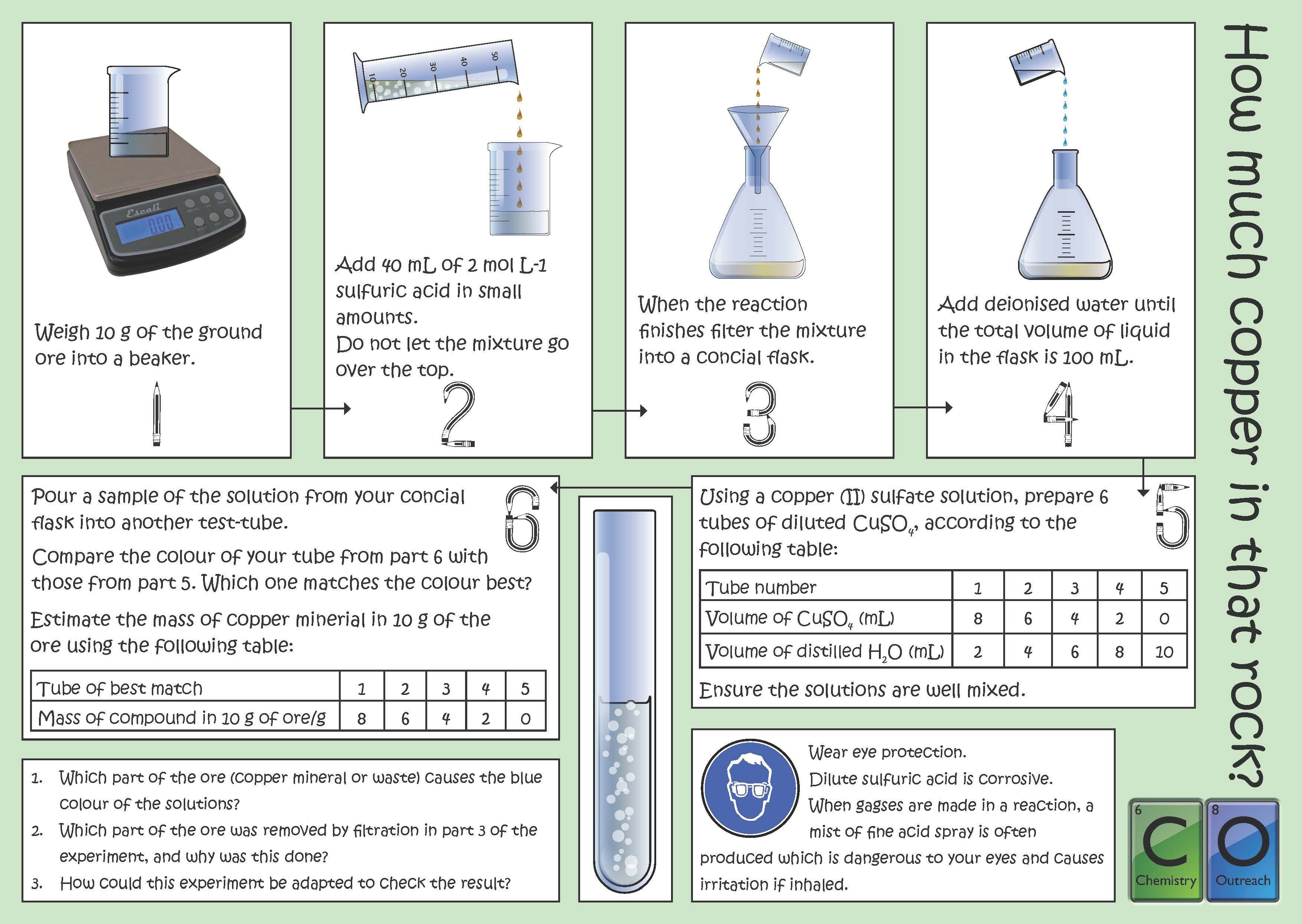
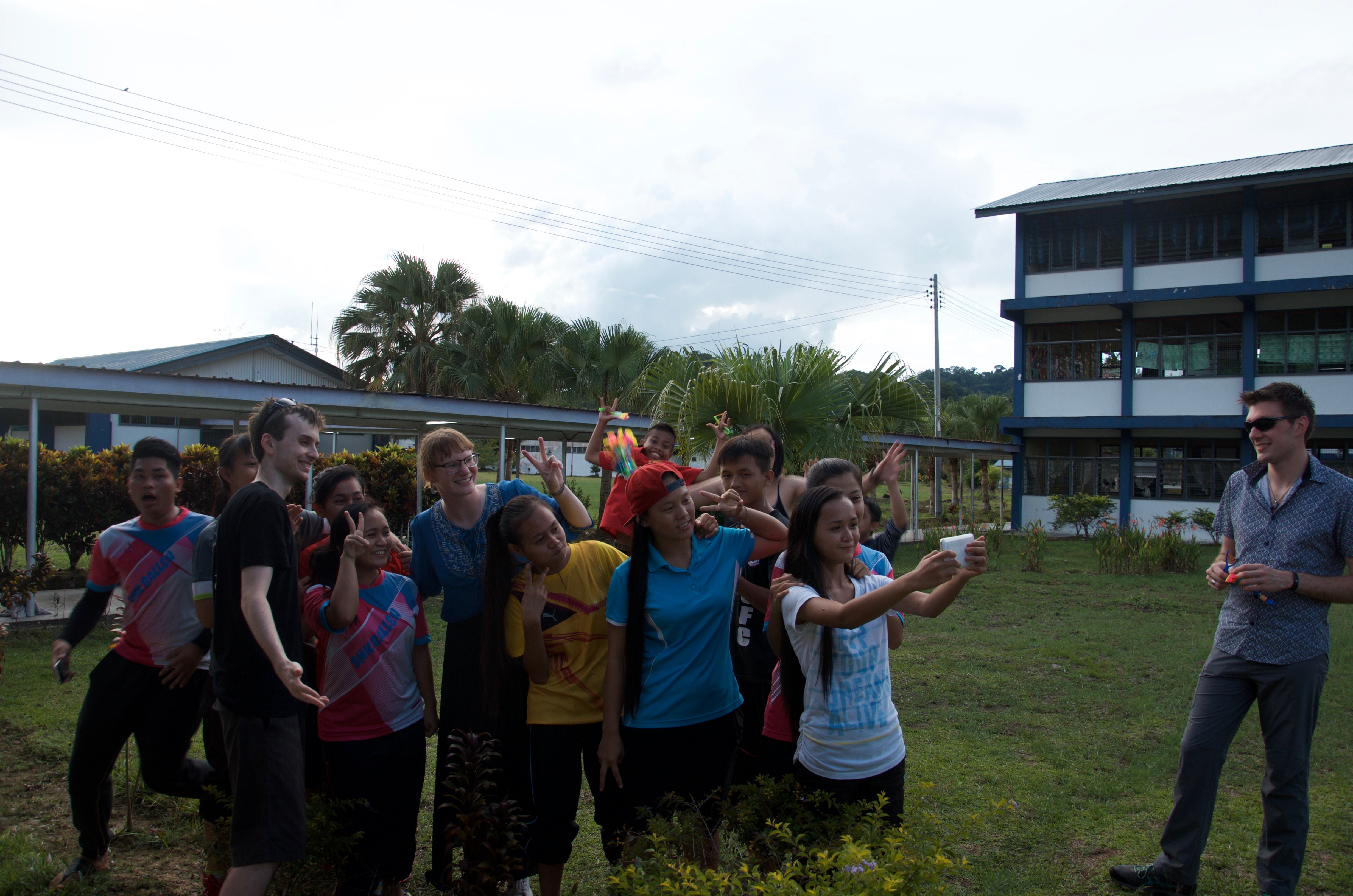
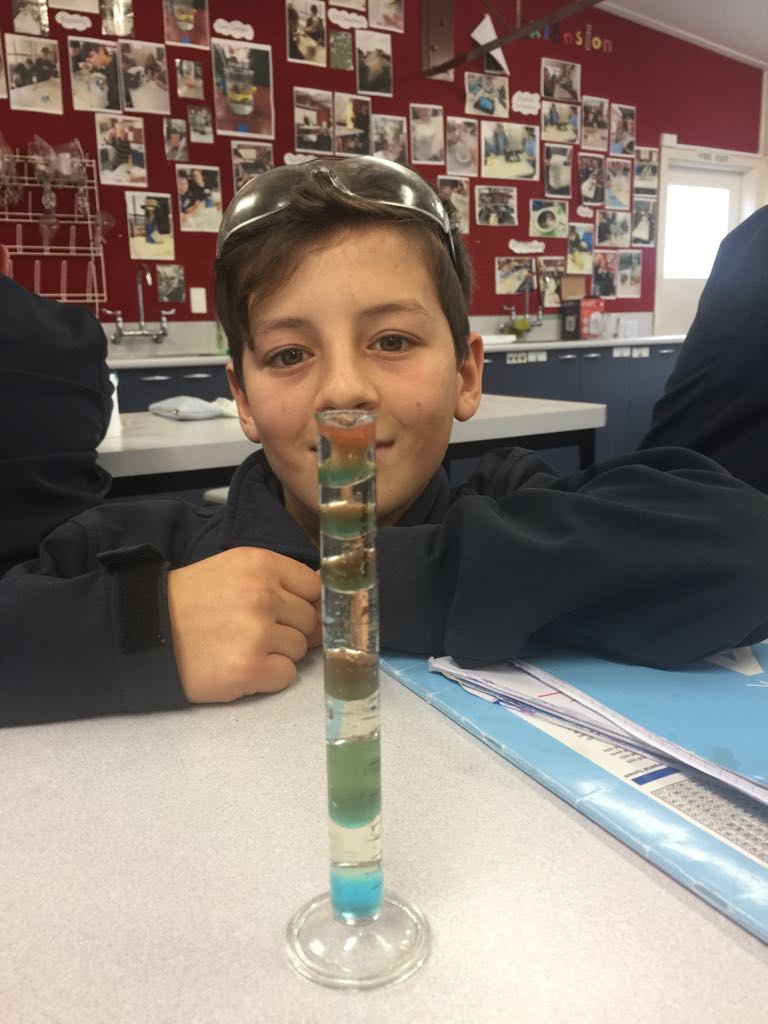

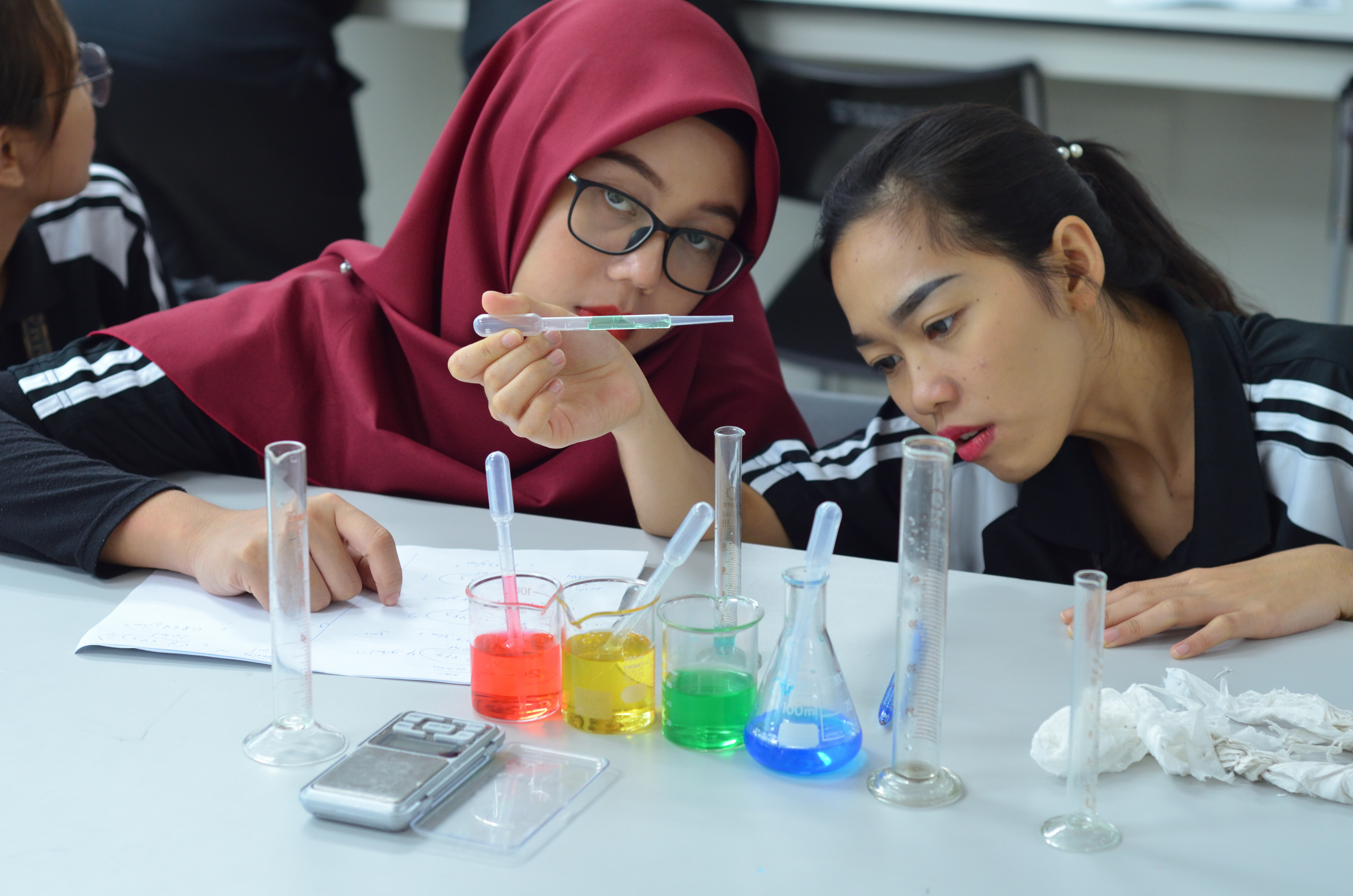
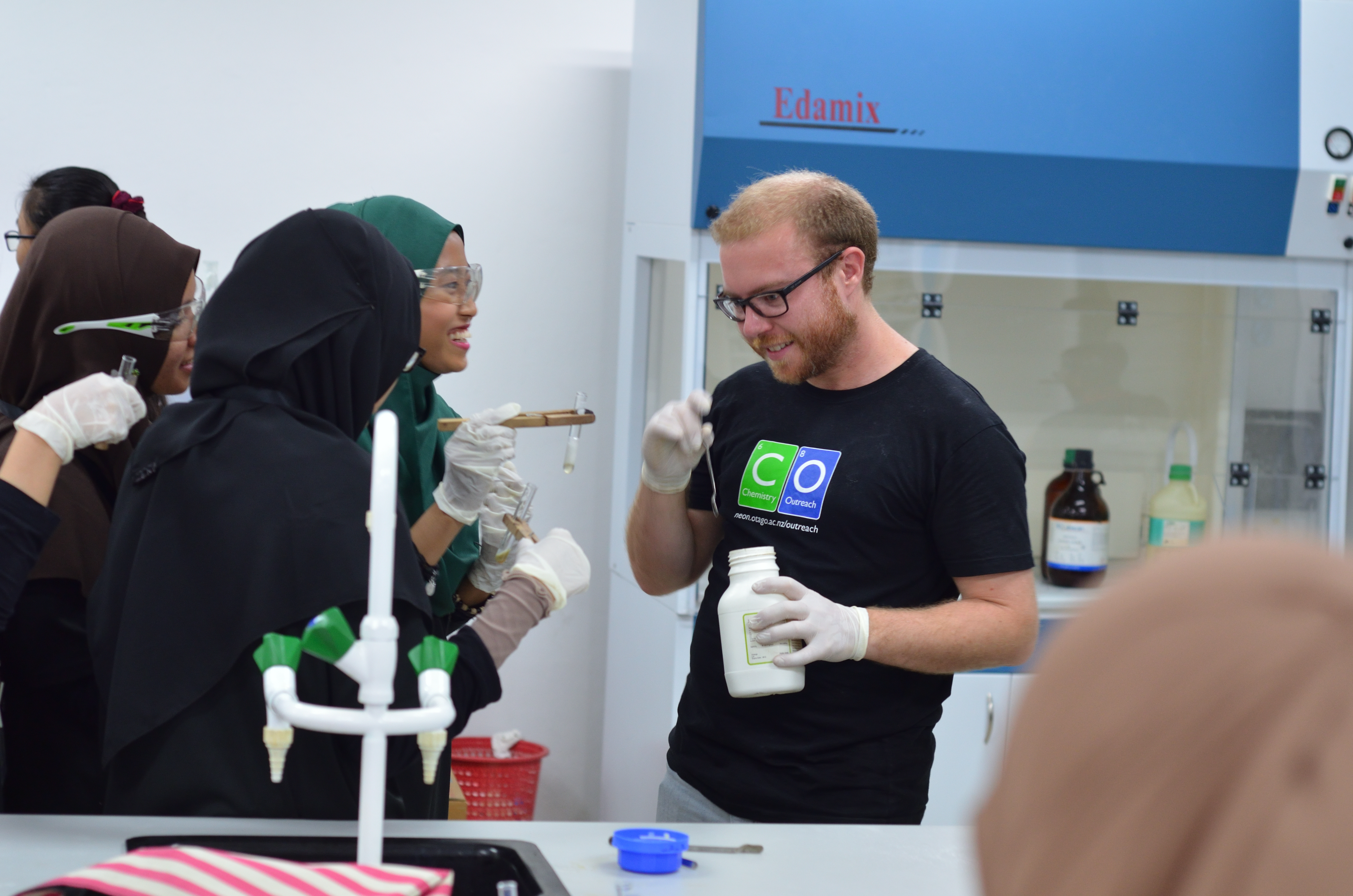
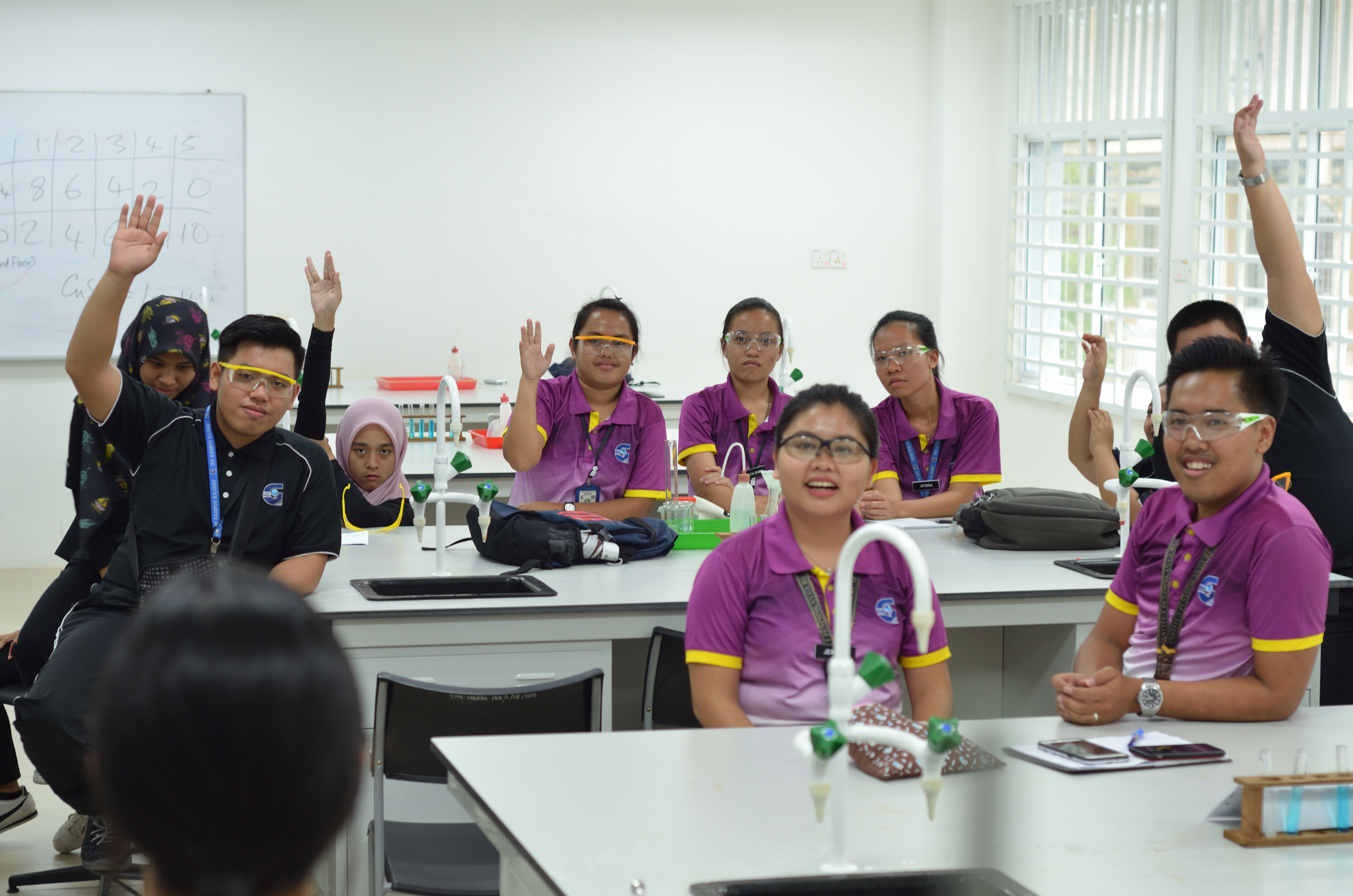


Recent comments